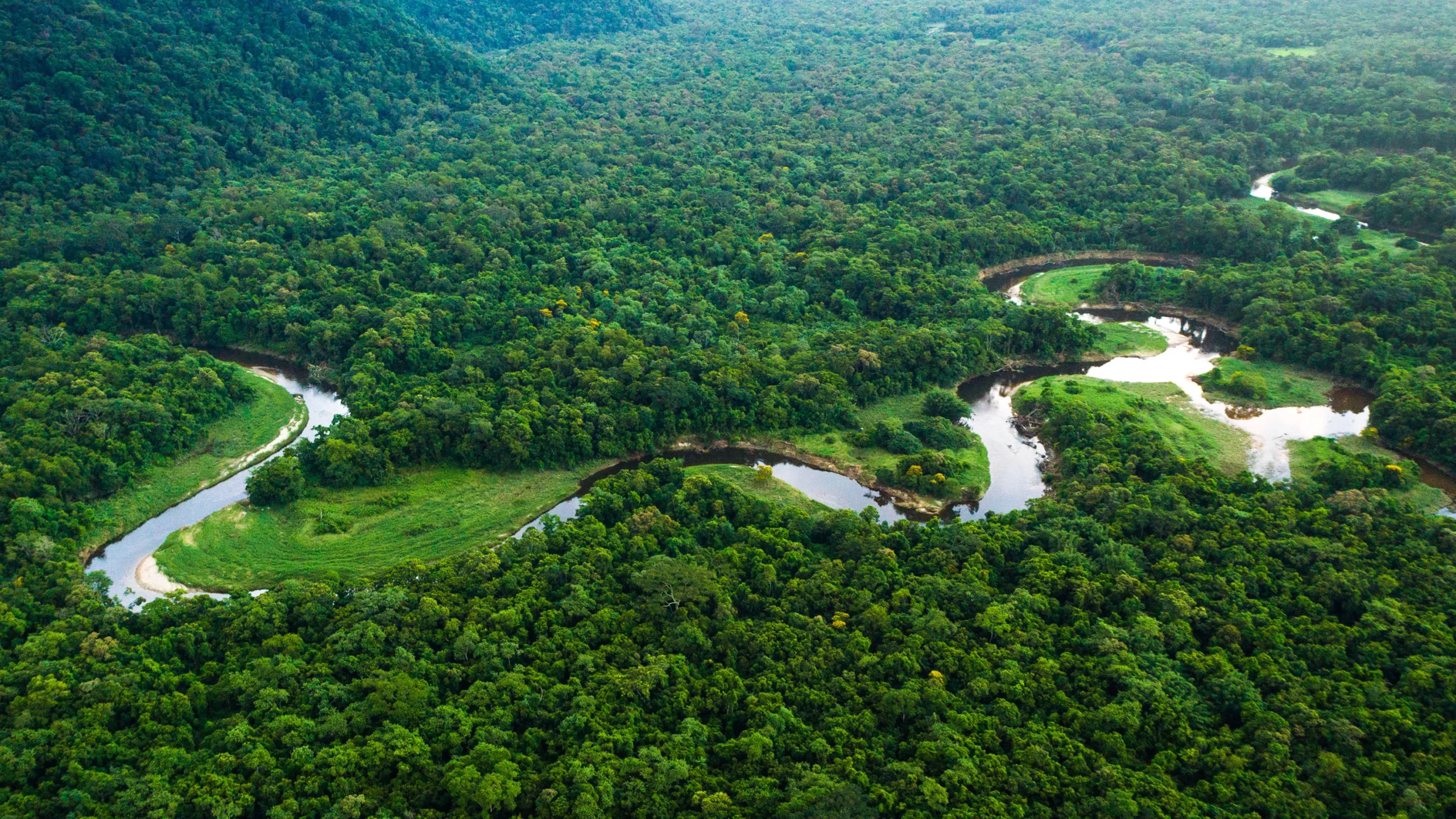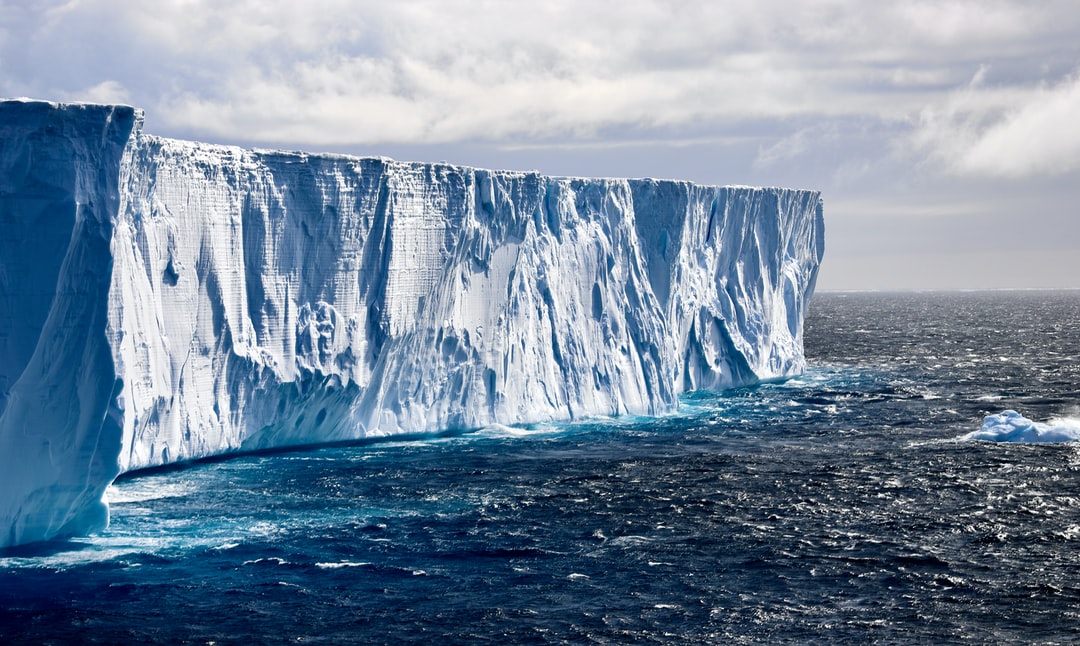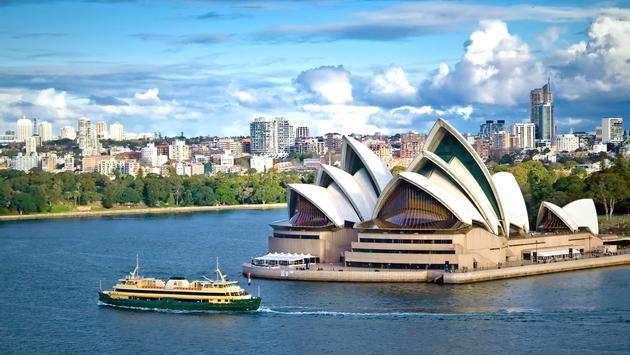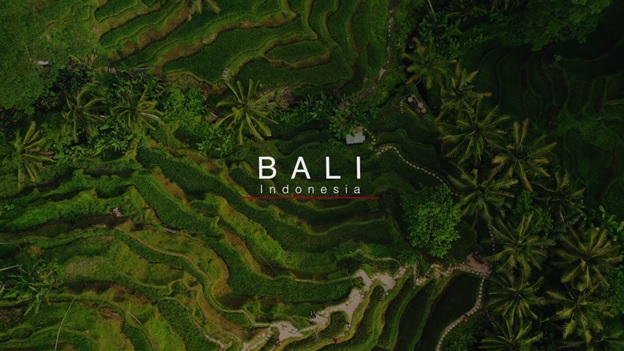Category: Landscape
Tags: 4k sample Mediterranean, Islands
The Mediterranean

The Mediterranean is the home to some of the most popular destinations in the world for beach vacations. Because of its agreeable climate, abundant fresh food, and azure water. However, one should not be fooled by the appearance of the Mediterranean Sea. In order to provide you with some interesting information that you most likely were not aware of, we did extensive research on the area. They could even serve as a source of ideas for your subsequent vacation spot.
The European continent and North Africa It serves as the setting for plenty of travel narratives and love stories, and it’s also frequently the focus of entertaining lists of interesting facts about the Mediterranean Sea. Following is a list of fifteen fascinating facts about the Mediterranean.
The Mediterranean Sea’s coastline is approximately 28,600 miles long.
Twenty-two nations or territories border the Mediterranean, including Albania, Croatia, Greece, Israel, and Tunisia.
Regional features
The climate features hot, dry summers and cool, humid winters. It is also extremely erratic, with sudden downpours and high winds such as the Sirocco and Mistral. This climate has a significant impact on the region’s vegetation and wildlife.
Surprisingly hilly for a region that takes its name from the sea it surrounds, the Mediterranean has been named after. It consists of high mountains and rocky coastlines, dense brush and semi-arid steppes, coastal wetlands, and sandy beaches, and a multitude of islands scattered throughout the ocean.
The Mediterranean scrub, with its numerous flowers and fragrant plants, is a direct result of human activities over centuries (livestock grazing, cultivation forest fires, and clearances). This scrub has evolved into a complex and intricate mobile patchwork of habitats home to a remarkably diverse array of organisms.
France
It is well-known for its hip-hop music scene. This is due to the efforts of talented musicians and bands such as Akhenaton, Jul, and Keny Arkana.
Did you know that the French Riviera, also known as the Cote d’Azur, has approximately 300 sunny days per year? Thus, it is an idyllic destination throughout the year. The area’s world-famous beaches offer postcard-worthy views, complete with colorful umbrellas lining the golden sands.
Italy
Some residences in ancient Rome were equipped with heated floors and central heating and indoor plumbing. Inventions such as concrete, newspapers, and sewage systems can also be traced back to the Romans. Take a tour of ancient Roman structures and palaces, such as the Le Domus Romane di Palazzo Valentini, to gain more knowledge.
Antica Pizzeria Port’Alba, widely regarded as the world’s first pizzeria, opened its doors in 1738 in Naples, Italy. Learn how to toss your own authentic Neapolitan pizza by enrolling in a pizza-making class or sampling wood-fired pizza slices.
Due to the area’s unstable soil, the Basilica of San Nicola and the bell tower at the Church of San Michele degli Scalzi also lean.
Greece
Incredibly, approximately 6,000 islands make up Greece. We recommend a lunch excursion that includes breadmaking, folkloric dancing, and sweet treats as a way to explore the diverse traditions of Greece. Corfu, one of the greenest islands in Greece, is home to millions of olive trees and thousands of plant and herb species, including several rare orchids. A picturesque bike tour through Corfu’s breathtaking natural scenery.
Marine and Coastal Environments of the Mediterranean
The Mediterranean Basin is one of the world’s most valuable seas. The region contains a vast array of coastal and marine ecosystems that provide significant benefits to all of its coastal inhabitants, including brackish water lagoons, estuaries, or transitional areas; coastal plains; wetlands; rocky shores and nearshore coastal areas; seagrass meadows; coralligenous communities; frontal systems and upwellings; seamounts; and pelagic systems. Not only is the Mediterranean complex ecologically, but also sociopolitically; twenty-one countries border this heavily populated sea (UNEP/MAP, 2012).
Europe and its southern peninsulas to the north, southwestern Asia to the east, and the Maghreb region of northern Africa to the south comprise the region surrounding the Mediterranean Sea. This has resulted in an intricate and fragmented political map. Today, 21 countries, ranging in size from 2 km2 to 2.4 million km2, have Mediterranean Sea coastlines. Albania, Algeria, Bosnia and Herzegovina, Croatia, Cyprus, Egypt, France, Greece, Israel, Italy, Lebanon, Libya, Malta, Monaco, Montenegro, Morocco, Slovenia, Spain, Syria, Tunisia, and Turkey are the members.
The following are facts about the Mediterranean Sea:
The Mediterranean is bordered by 22 countries. It is not surprising that the Mediterranean borders so many countries, given its vast size. Spain, France, Monaco, Italy, Malta, Slovenia, Croatia, Bosnia and Herzegovina, Montenegro, Albania, Greece, Turkey, Cyprus, Syria, Lebanon, Israel, Palestine, Egypt, Libya, Tunisia, Algeria, and Morocco make up the complete list of these nations.
There are two distinct island nations in the ocean. Both Cyprus and Malta are entirely situated within the Mediterranean Sea.
There are more than three thousand islands in the Mediterranean Sea.
Controversy surrounds the precise number of islands in the Mediterranean Sea. Most estimates place the number at greater than 3000. Some sources assert that the number is closer to 3,500.
Italy has the two largest islands. As stated previously, the Mediterranean Sea contains more than 3,000 islands. Several of these are quite small, while others are quite large. Sicily and Sardinia are the two most populous and populous islands in the Mediterranean Sea, in terms of both size and population.
There are over 15 million residents there.
There are tens of millions of people who live in coastal settlements along the Mediterranean Sea, but there are an additional 15 million people who live on the islands located within the Mediterranean Sea. Given the enormous size of the Mediterranean Sea, it may appear incomprehensible that it was formed in less than two years. However, scientific studies have revealed that an ancient flood filled the area in such a short period of time.
The Mediterranean consists of numerous smaller seas.
The Alboran Sea, the Balearic Sea, the Ligurian Sea, the Tyrrhenian Sea, the Ionian Sea, the Adriatic Sea, the Sea of Marmara, and the Aegean Sea are among the most well-known of these seas.
The age of the Mediterranean exceeds 5 million years.
Even though the Mediterranean Sea is not quite old enough to remember the dinosaurs, it is still extremely ancient. A massive flood that occurred approximately 5.33 million years ago formed the Mediterranean Sea.





